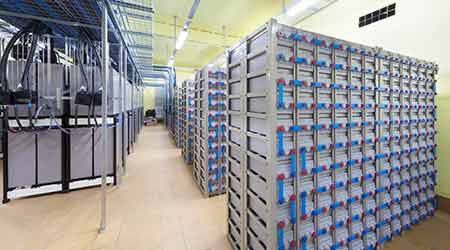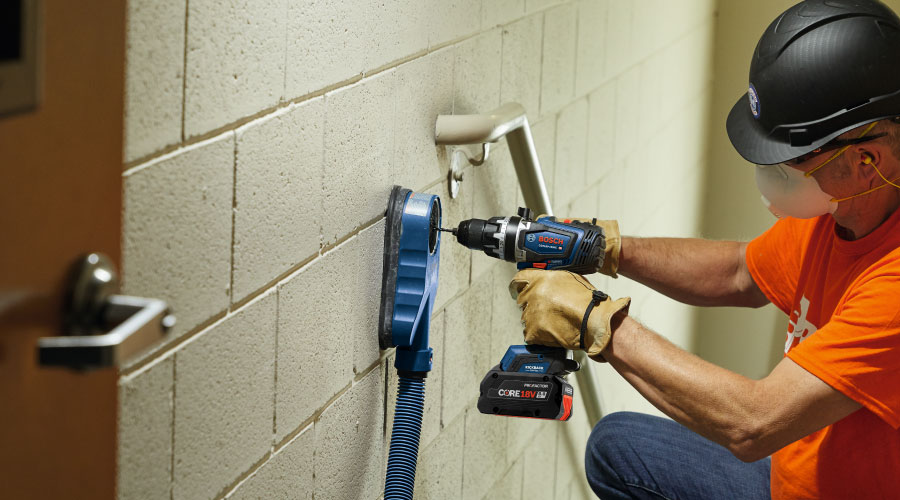Level 3: Resilient N+1 Helps Minimize Single Points of Failure
Resilient N+1 is a big step up from N+1 as it produces a high level of concurrent maintainability with redundant equipment and distribution paths.
While this isn’t industry-wide terminology, this term can be used for cases when an organization desires a higher level of reliability than the typical N+1 deployment provides, but 2N isn’t feasible because of cost or base building infrastructure. Resilient N+1 may be another option for commercial office spaces, especially for financial and trading firms.
Similar to N+1, resilient N+1 goes beyond N-system equipment redundancies by minimizing shared components in order to maximize concurrent maintainability and minimize single points of failure. Consider a facility where the base building infrastructure is N+1 on the generators and can provide two utility sources to a tenant. The tenant could then install multiple ATSs, UPSs, STSs, and cooling units for IT technology. The result is that UPS and cooling are 2N, although the overall system is N+1 because of the shared generator distribution.
Pros: Resilient N+1 is a big step up from N+1 as it reduces single points of failure. There is a high level of concurrent maintainability with redundant equipment and distribution paths.
Cons: Installation and maintenance costs are high, and a large footprint is required. Because of system complexity, skilled personnel are needed to operate the system correctly.
Related Topics:

















